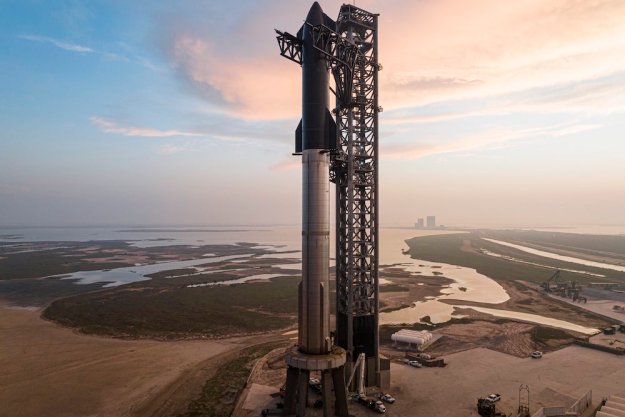We’re accustomed to being bombarded by ads. TV, radio, smartphones, newspapers and magazines, movie theaters, billboards — all of them feeding us a steady supply of messages designed to influence our purchasing choices and sway our opinions about stuff. Now it’s going interstellar: A Russian startup plans to use constellations of tiny satellites to fill the sky with brightly lit advertisements from hundreds of miles up.
Think about it. You’re gazing dreamily out of the window at night, enjoying the beauty of a starry sky, only to find Cassiopeia obscured by a McDonald’s ad offering two-for-one Big Macs in a limited-time promotion.
StartRocket, the team behind the wacky-sounding idea, believes it will have its equipment ready by 2020, with contracts offered to corporate customers soon after.
Turning the sky into an enormous canvas for satellite-generated ads would be a winner for marketers looking for new ways to reach their audience, according to Vlad Sitnikov, the fellow behind the ambitious project.
“We are ruled by brands and events,” Sitnikov told Futurism recently. “The economy is the blood system of society — entertainment and advertising are at its heart. We will live in space, and humankind will start delivering its culture to space.”
The plan, as demonstrated in a StartRocket video (above), is to use the satellites to light up different messages for up to six minutes at a time, with the constellation located between 250 and 310 miles above Earth. The video shows the satellites getting into formation to spell out the word “Hello.” Next up is an upside-down McDonald’s logo floating through the night sky, and then a message from KFC tempting us with its greasy goodies.
Certainly, the technology to launch and deploy miniature CubeSat satellites is becoming cheaper and more advanced all the time, with more and more private space companies looking to enter the market — a reality that in itself poses the problem of an increasingly crowded low-Earth orbit that heightens the risk of collisions with space junk.
StartRocket’s plan seems to have had a reception as cold as space itself when you read comments about it online, but team member Alexey Skorupsky is adamant the project is viable.
“If you ask about advertising and entertainment in general — haters gonna hate,” Skorupsky said. “We are developing a new medium. At the advent of television, no one loved ads at all.” Trouble is, they still don’t.
It’s not the first time we’ve heard about plans to place ads far beyond the surface of the Earth. A Japanese startup, for example, has received millions of dollars in funding to put a billboard on the moon, though we don’t imagine too many people are going to set eyes on whatever it eventually advertises.
Editors' Recommendations
- SpaceX slow-motion video shows powerful Raptor rocket engine shutting down
- Asimov’s vision of harvesting solar power from space could become a reality
- SpaceX’s stunning Starship photos show launch rehearsal
- SpaceX just launched a moon mission that could enter the history books
- Watch the highlights of SpaceX’s Falcon Heavy rocket launch on Thursday night


